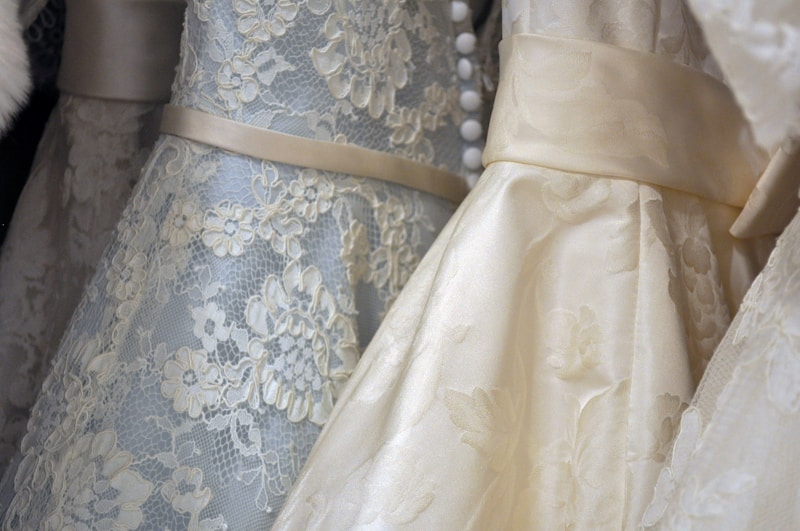The Impact of Fabric on Wedding Dress Comfort
Understanding the Importance of Fabric in Wedding Dress Comfort
When it comes to selecting the perfect wedding dress, many brides focus on design, style, and the color palette, but one of the most critical factors that can significantly affect a bride's comfort on her big day is the fabric used in the dress. In this article, we will explore the impact of fabric on wedding dress comfort, providing insights to help brides make informed choices that enhance their overall wedding experience.
Different Fabrics Used in Wedding Dresses
Wedding dresses can be made from a variety of fabrics, each offering unique qualities that can affect comfort. Here’s a breakdown of some popular fabrics:
| Fabric | Characteristics | Comfort Level |
| Satin | Smooth, glossy surface; medium weight | Moderate comfort; can be hot in warm weather |
| Chiffon | Lightweight, sheer; flows beautifully | Highly comfortable; breathable |
| Lace | Textured, intricate designs; often layered | Varies; can be scratchy if not lined |
| Taffeta | Crisp, structured; often used for ball gowns | High discomfort for extended wear; can be heavy |
| Silk | Luxurious, soft; wonderful drape | High comfort; very breathable and hypoallergenic |
How Fabric Influences Comfort
1. Breathability
One of the main attributes that influence comfort in wedding dresses is breathability. Fabrics like chiffon and silk allow air to circulate, keeping brides cooler during warmer ceremonies or receptions. This is particularly beneficial for weddings held during summer months or in warmer climates.
2. Weight of the Fabric
The weight of the fabric can disturb comfort levels, particularly during long hours of wear. Heavier fabrics like satin or taffeta can feel restrictive, while lighter fabrics provide a more comfortable fit. It is crucial for brides to consider the venue and time of year when selecting the weight of their dress.
3. Texture and Skin Sensitivity
The texture of the fabric also plays a significant role, especially for brides with sensitive skin. Fabrics like lace can become irritating if they are not lined properly. It is essential for brides to try on dresses made from different materials to determine which feels best against their skin.
4. Movement and Flexibility
Brides will likely be moving around, dancing, and mingling throughout the day. Fabrics with good drape, such as chiffon and silk, allow for ease of movement and flexibility. A comfortable fabric will enable brides to enjoy all aspects of their wedding without feeling restricted by their garment.
Choosing the Right Fabric for Your Wedding Dress
Now that we've explored the impact of various fabrics on comfort and what factors to consider, let's discuss how to choose the right fabric for your wedding dress. Here are some suggestions:
1. Consider the Season
Weddings held in summer may require lighter fabrics, whereas winter weddings might benefit from heavier materials. Choosing the right fabric can help regulate body temperature and ensure comfort throughout the day.
2. Venue and Setting
Consider the wedding venue's ambiance and setting. A beach wedding may call for lightweight and flowy fabrics like chiffon, while a formal ballroom event might be suitable for more structured materials like satin or taffeta.
3. Personal Style and Comfort
Brides should always prioritize their comfort and personal style. Trying on different fabrics can make a significant difference in how a wedding dress feels when worn. Don’t hesitate to mix and match styles and fabrics to find the perfect fit.
Conclusion: The Importance of Fabric in Wedding Dress Comfort
In conclusion, the fabric of a wedding dress plays a crucial role in determining the overall comfort level for brides on their big day. By understanding how different fabrics can affect breathability, weight, texture, and movement, brides can make an informed decision that enhances their wedding experience.
Choosing the right fabric not only contributes to comfort but allows brides to enjoy every moment without being distracted by discomfort. Always consider the season, venue, and personal preferences when selecting the perfect fabric for your wedding dress. Remember, a comfortable bride is a happy bride!
